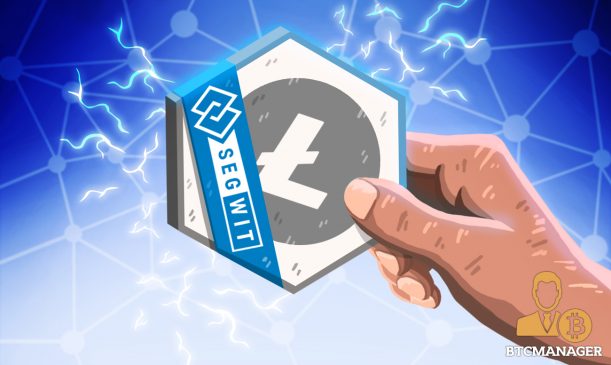SegWit or ‘segregated witness’, is a protocol that reduces the size of transactions and allows for improved malleability of Bitcoin. Adoption of this protocol has surged on Litecoin ahead of Bitcoin, and Charlie Lee believes its success of Litecoin has been a key driver for adoption of SegWit on Bitcoin. In a fairly detailed research piece, August 8, 2019, LongHash dives into the intricacies that cause this anomaly.
The Strength of Litecoin or Weakness of Bitcoin?
There are two theories that immediately come to mind while looking at this research: either Litecoin is technologically sound as its proponents understand the need for SegWit, or Bitcoin is riddled with those who aren’t particularly upgrade-savvy and refuse to budge.
According to research, there are many factors that contribute to this, but the use of the Bitcoin chain with no regard for space and viability is tied to a few critical reasons for low SegWit adoption.
Blockchain.com, which accounts for 20 percent of all Bitcoin activity, and VeriBlock are the main oppressors of SegWit and have yet to adequately implement it, resulting in low adoption rates. When Coinbase implemented SegWit, adoption instantaneously rose from 14 to 30 percent of Bitcoin and 9 to 28 percent on Litecoin.
VeriBlock is a solution that improves the security of other projects by verifying data on the Bitcoin chain. They essentially spam the Bitcoin chain with non-SegWit transactions, allowing the average number of SegWit transactions to trend downward.
To add to this, some companies like BitPay have been opposed to SegWit and the fee market narrative in Bitcoin, leading to many maximalists boycotting them and setting up shop with their rival BTCPay.
Litecoin Testnet Theory
An interesting thesis making the rounds is that Litecoin is a testnet for Bitcoin. After Charlie Lee announced that Litecoin has hardly any developers working on it and they simply implement most upgrades from Bitcoin, it has been speculated that in reality, Litecoin is just an active testnet.
Having a real-world testnet with real users and real money makes sense. However, this narrative is flawed from a scaling perspective.
Litecoin has a block propagation time of 2.5 minutes versus 10 minutes on Bitcoin. This allows their throughput to be much higher and fits the Litecoin vision of scaling for micropayments.
Like BTCMANAGER? Send us a tip!
Our Bitcoin Address: 3AbQrAyRsdM5NX5BQh8qWYePEpGjCYLCy4




